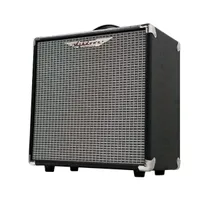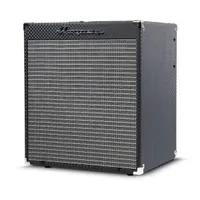Best bass amps for practice 2025: top combos for working on your chops at home
Get the most out of your playing at home with one of these great bass practice amps

Playing the bass becomes so much easier – and so much more enjoyable – with the help of one of the best bass amps for practice. The alternatives are practicing with no amp, or practicing with the overpowered 500-watt behemoth you gig with. Neither is a rewarding experience nor a viable solution.
Practicing without an amp is demoralizing, as you won’t be able to hear yourself play with any tonal depth. Practicing with a stage-worthy amp is fun, but far more hazardous, because everyone within a few square miles will hear you play. Unless your neighbors are stone deaf or unbelievably tolerant, you’re likely to be one slap and a thump away from a slap and a thump of a more physical kind.
Fortunately, the big issue with small practice amps – namely, dreadful tone – has been addressed in recent years. Traditionally, low end was the product of the movement of large volumes of air, made possible only by powerful amplification driving big speaker cones. Hardly the sort of components that sit well in a small, attractive practice amp.
With the adoption of modern speaker tech, such as passive radiators, and the advent of sophisticated DSP and amp modeling, audio engineers are increasingly able to coax convincing bass tones from smaller packages at low volume levels.
Well-designed practice amps, featuring high-quality components, are now compact, portable, attractive, and capable of producing authentic bass tones. This is great news for budding bassists, and a palpable relief for their neighbors.
Below, I've highlighted some of my favourite bass amps, but if you want to know my top pick right away, I've gone for the Fender Rumble 40 v3. It rewards you with that classic Fender sound, is lightweight enough to carry between rooms and it's available for a great price.
If you’re new to the world of bass practice amps, be sure to have a look at my FAQ section too, otherwise, keep scrolling to see my top picks.
Best bass amps for practice: The quick list
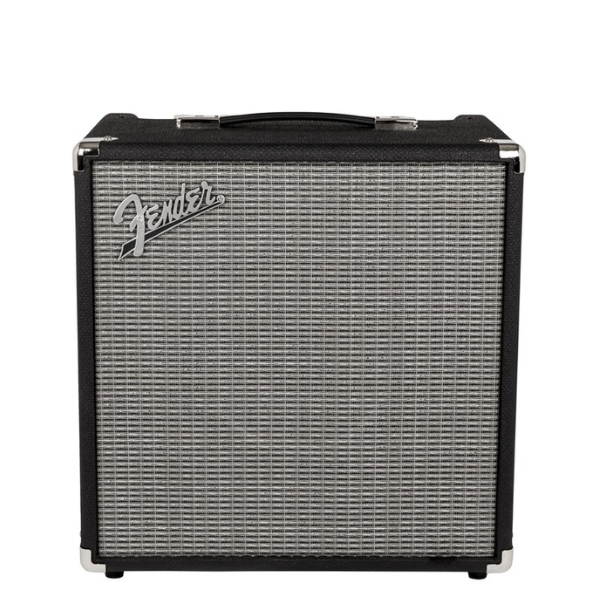
One of the best-selling bass amp ranges of the last few years, the Fender Rumble 40 combines excellent sound with light weight to make one of the best practice amps for bassists.
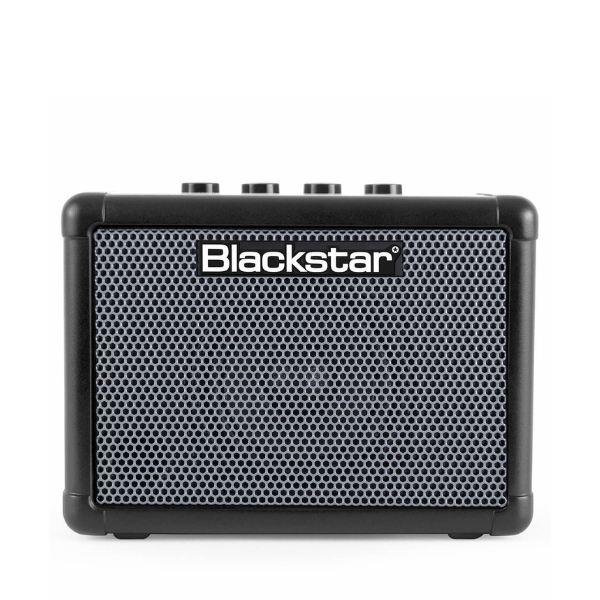
If your budget is tight, the Blackstar FLY 3 Bass gives you a great bass tone for comparatively little money. It's compact and portable too, so will fit into your practice rig perfectly.
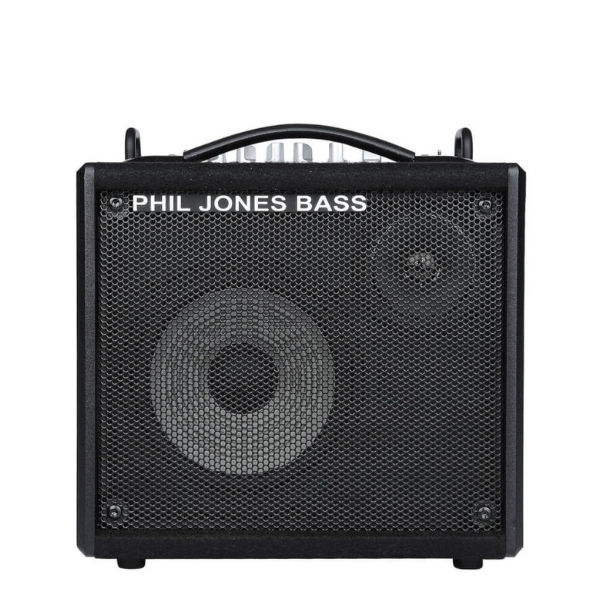
If you're after the best possible sound without having to use a huge rig, the Phil Jones Bass M7 Micro delivers with its compact cabinet and horned design which delivers at any volume.
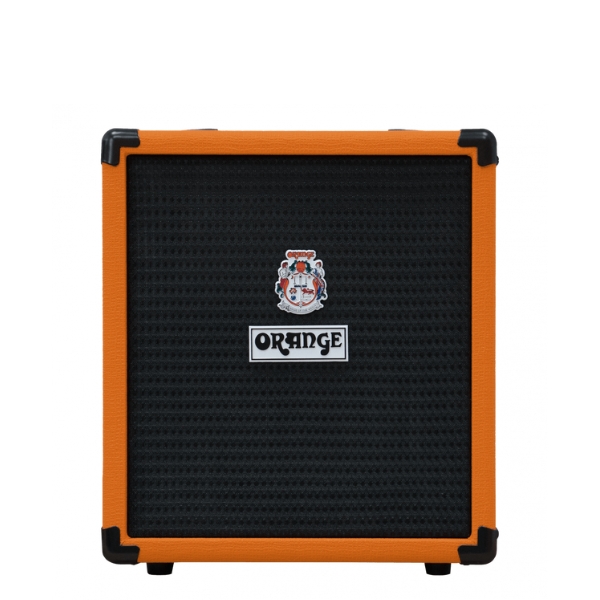
If you don't want to mess around with modeling or loads of effects, the Orange Crush Bass 25 will deliver unadulteratedly brilliant bass tones with a minimum of fuss.
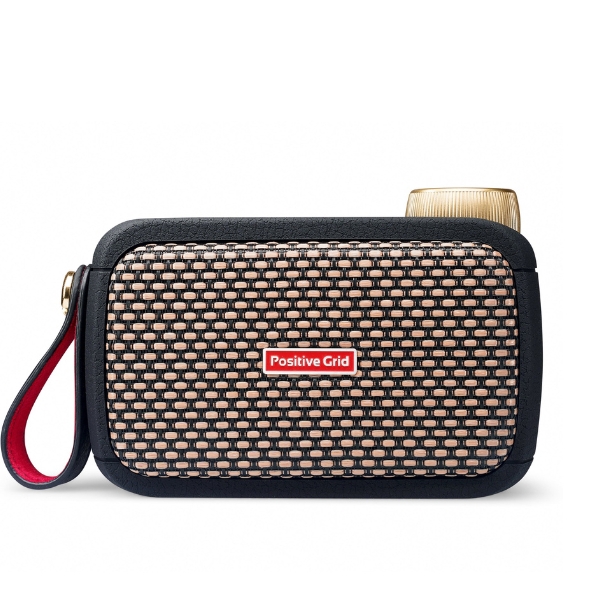
Just when you thought amps couldn't get any smaller, the Positive Grid GO arrived on the scene. It's great for bass too with loads of tones and effects on hand via the app.

For the sonic explorers of low end out there, the Fender Rumble LT25 gives you 15 amps and 20 effects, making it a huge palette of tone for your practice regimen.
Best overall
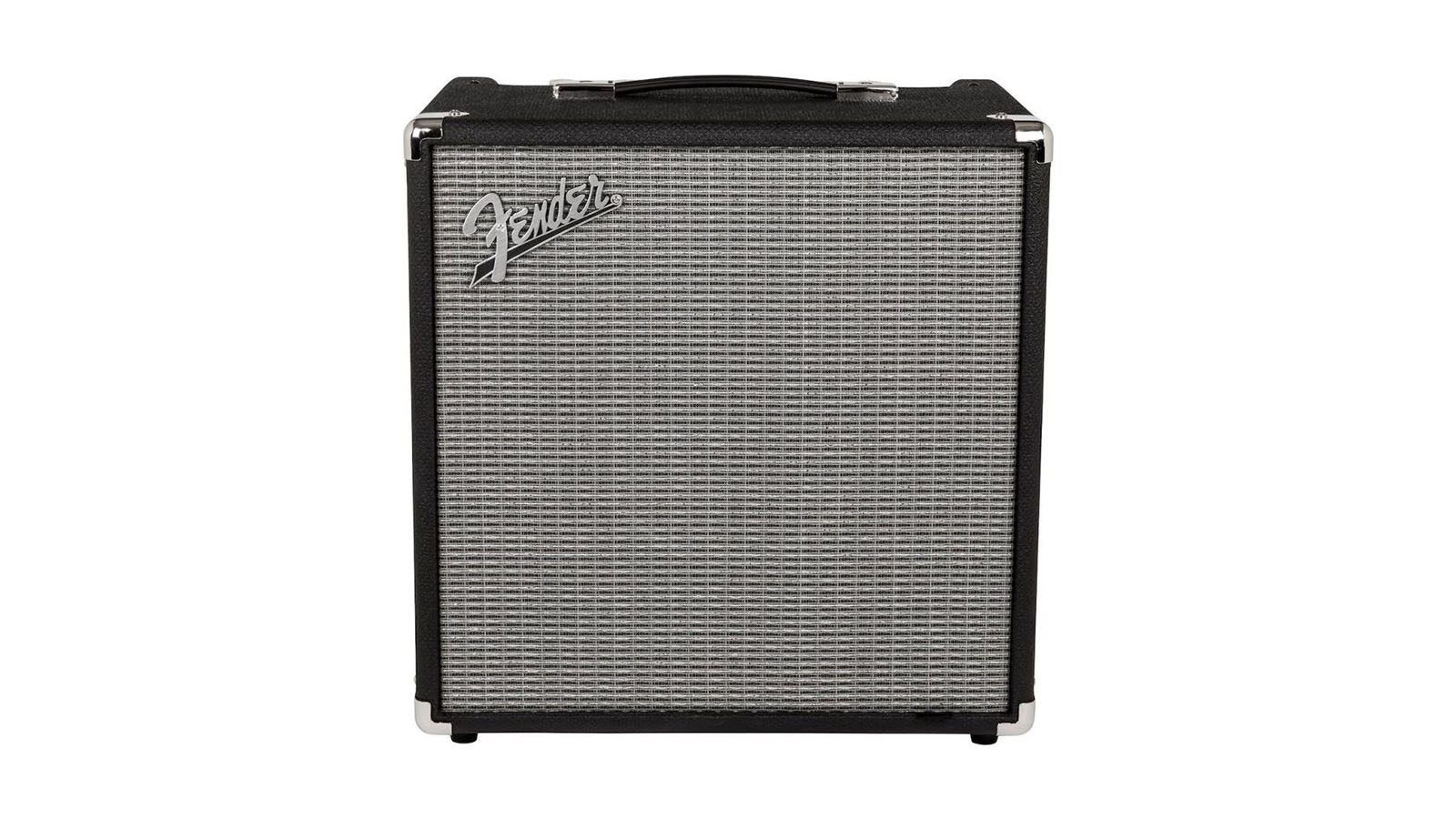
1. Fender Rumble 40 v3
Our expert review:
Specifications
Reasons to buy
Reasons to avoid
✅ Buy if you want that classic Fender sound: Not only will this amp give you that Fender feel, but it's lightweight enough to take from room to room.
❌ Avoid if you want depth from the overdrive: A pedal is the better option if you're looking for that certain tone.
Build quality rating: ★★★★★
Usability rating: ★★★★★
Sounds rating: ★★★★½
Overall: ★★★★★
Fender has long been renowned for their bass amps, especially among the pros. And while many of their most well-regarded amps are built for the stage, Fender hasn’t overlooked those playing in smaller spaces. The Rumble 40 fills that gap perfectly, offering a lightweight and affordable amp but still with that classic Fender sound.
One of the best things about the sound of the Rumble 40 v3 is that you have quite a lot of scope to shape it with the additional bright, contour, vintage and overdrive settings – with the contour especially being a great way to add extra depth to your tone without needing to push the volume up. Not all of these features are as crucial as others, it must be said, and even players looking for a dirty tone probably won’t get much use out of the overdrive switch as it’s definitely no replacement for a decent pedal in terms of tonal quality. Still, this doesn’t really detract from the amp at all.
At 40 Watts, there is a decent amount of low-end here and is powerful enough for the rehearsal room, so will be more than enough for any home. Given how it sounds, its portability and its price point, it’s hard to look past the Rumble 40 as one of the best practice amps for bass around.
Best budget option

2. Blackstar FLY 3 Bass Mini Amp
Our expert review:
Specifications
Reasons to buy
Reasons to avoid
✅ Buy if you want a practice amp that won't break the bank: This little amp is a steal for the price - and it'll even run on batteries.
❌ Avoid if you want to crank up the volume: The Blackstar FLY 3 has 3W of power, so it's not going to shake any foundations.
Build quality rating: ★★★★
Usability rating: ★★★★
Sounds rating: ★★★★
Overall: ★★★★
If you are in a situation where even a 25 or 30-watt amp is more than you need, or you are seeking one of the best budget bass amps, then the Blackstar Fly 3 might be just what you’re looking for.
This little 3-watter is a deceptively good performer. It’s far more versatile than you might think and includes EQ, compression and even a separate overdrive channel, so there’s plenty of scope to dial in a wicked tone.
It also has a sub-control feature to help bring out the low end, but given its size, this is only going to go so far and you shouldn’t expect any wall shaking - but that might actually be a selling point for many.
Another selling point will be that the Fly Bass 3 can be run on AA batteries, meaning it’s truly portable and would be especially useful for buskers or anybody that likes to play on the go.
For well under $100, this makes for a pretty wicked bass practice amp or even just as an external speaker for your phone or computer. The Fly 3 also comes in a stereo pack for around $120, with many attesting that this is the best way to experience this amp.
Best for volume
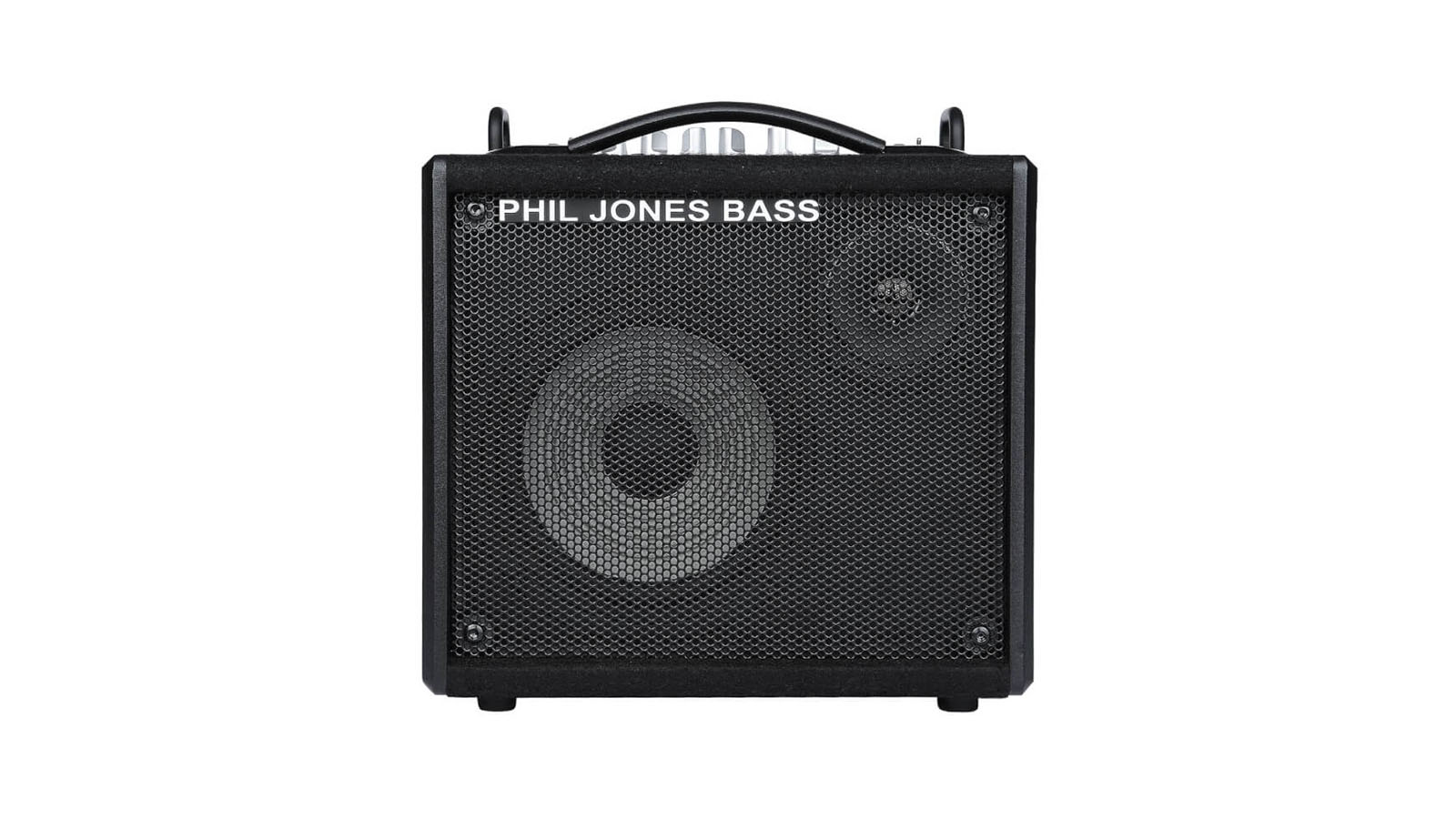
3. Phil Jones Bass M7 Micro 7
Our expert review:
Specifications
Reasons to buy
Reasons to avoid
✅ Buy if you want a well-rounded bass amp: With a 3-band EQ and 50W of power, this is a great all-rounder for practice.
❌ Avoid if you're on a tight budget: This amp doesn't cost the earth, but it's pricey if solely used as a practice amp.
Build quality rating: ★★★★½
Usability rating: ★★★★½
Sounds rating: ★★★★★
Overall: ★★★★½
As you probably heard growing up, sometimes the best things come in small packages – and this is certainly true of the M7 Micro. Perhaps one of the lesser known brands on this list, PJB has been doing great, cutting-edge things in the bass amp world for a number of years; case in point this 50W beast packed into a 12-inch (30cm) box weighing less than 15lbs (7kg). If size and portability are your priorities, then you aren’t going to top this.
Despite its deceptive looks, the M7 Micro certainly packs a punch and could even work well in a small or medium live setting. Along with its 3-band EQ, its passive/active switch can really help you find that sweet spot and will be a valued feature for those with particularly hot basses.
While it may be capable of more, its main function is as a bass amp for practice and it does this job superbly – offering a very true sounding bass tone even at lower volumes. It’s also one of the few horned practice amps out there, so you really do get a full sound with this beast.
Best for home use
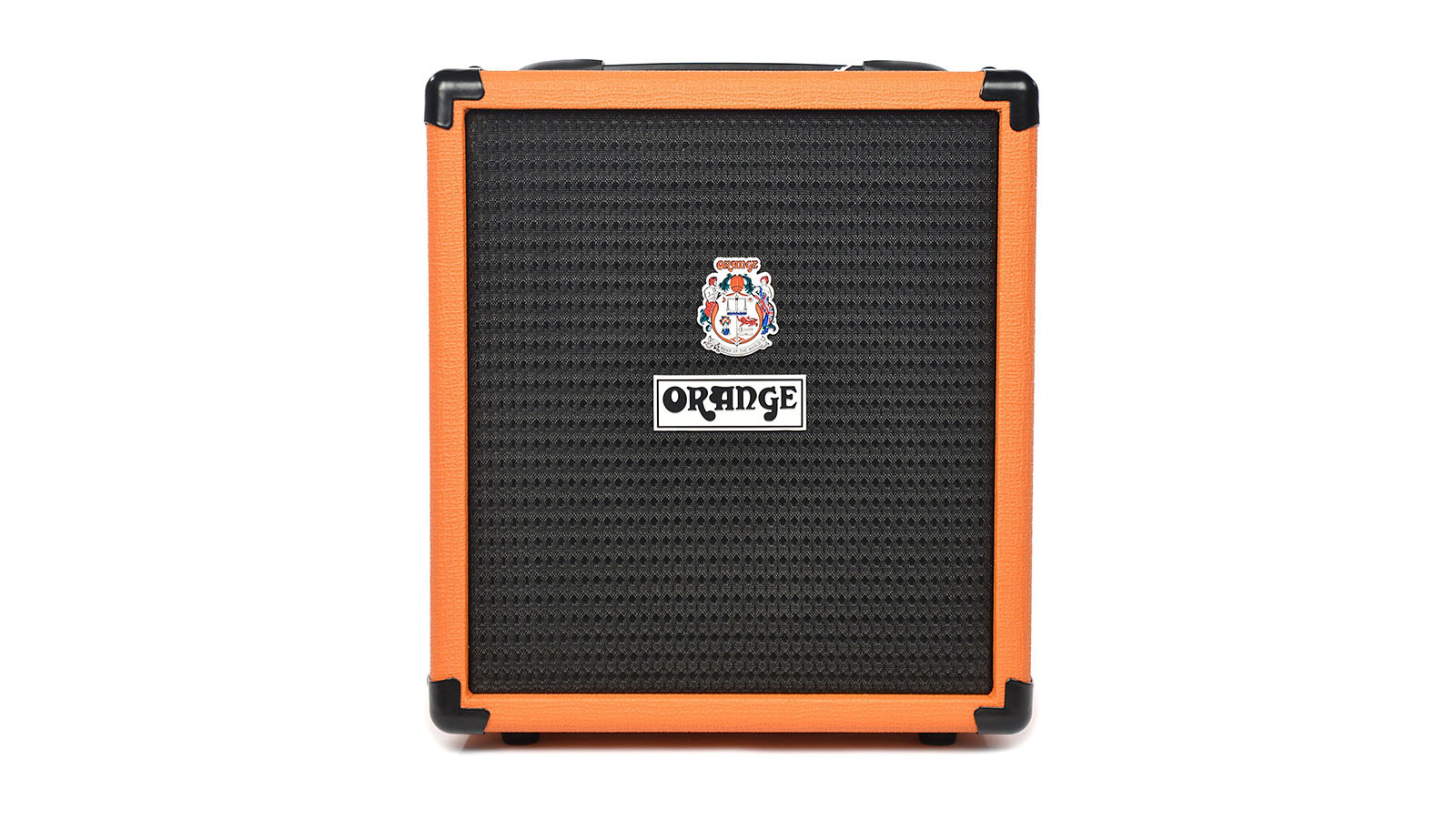
4. Orange Amplifiers Crush Bass 25
Our expert review:
Specifications
Reasons to buy
Reasons to avoid
✅ Buy if you want a practice amp for the home: With its 25W, this is a great bass amp for home use.
❌ Avoid if you want an amp for band practice: This amp really is made for the home and won't cut it in a live band scenario.
Build quality rating: ★★★★½
Usability rating: ★★★★½
Sounds rating: ★★★★
Overall: ★★★★½
One of the heavyweights of the amp world, Orange has a dedicated following for those chasing uber-warm and rich tones for good reason.
Most of their amps do this well, but can a solid-state 25-watt bass amp deliver in the same way? Well, not exactly, but it does a pretty darn good job considering the parameters.
The Orange Crush Bass 25 still manages to conjure up some decent low end, thanks largely to its sensitive EQ that covers quite a broad tonal range, but it’s the warm, overdriven tones when cranked that will probably be one of the key selling points with this one.
Few bass amps of this size really sound good when pushed, so if that’s important for you then this could be worth your time.
An onboard tuner along with the line-in and headphones certainly help its practice bass amp credentials. It’s worth noting here this is certainly a true home practice amp, and you’re unlikely to get much use of it in a full-band scenario.
However, if this is what you’re in the market for, it ticks all the right boxes.
Best portable

Specifications
Reasons to buy
Reasons to avoid
✅ Buy if you want a practice amp that you can take anywhere: The Spark GO is the ultimate portable amp - it's easy to pack and has a great selection of tones.
❌ Avoid if you want something a little more substantial: Given its size and output, the Spark GO isn't suitable for live shows.
Build quality rating: ★★★★½
Usability rating: ★★★★★
Sounds rating: ★★★★½
Overall: ★★★★½
If you’re looking for the smallest bass amp possible, the Positive Grid Spark GO is about as petite as guitar amps get. Weighing just north of half a pound and around the same size as an old compact digital camera, this tiny amp packs a surprisingly big tone.
I've got one sitting on my desk at the moment and it really is the smallest guitar amp I’ve ever come across. As part of our review, we put it through its paces with our Jaguar bass and it certainly held its own. Of course, the low-end reproduction isn’t huge, but it’s more than capable enough as a practice amp.
You get loads of different tonal possibilities too thanks to the dedicated smartphone app, with plenty of practice tools to keep you occupied as well.
Whether you’re downloading fresh tones, new songs to play along to, or just using the AI-powered jamming tools, the Spark GO is the perfect compact practice companion for guitarists and bassists alike.

"The Positive Grid Spark GO is a superb mini amp that's miles ahead of the competition, and, with its insane volume level and excellent portability, it's also the perfect Bluetooth speaker."
Read more: Positive Grid Spark GO review
Best for effects
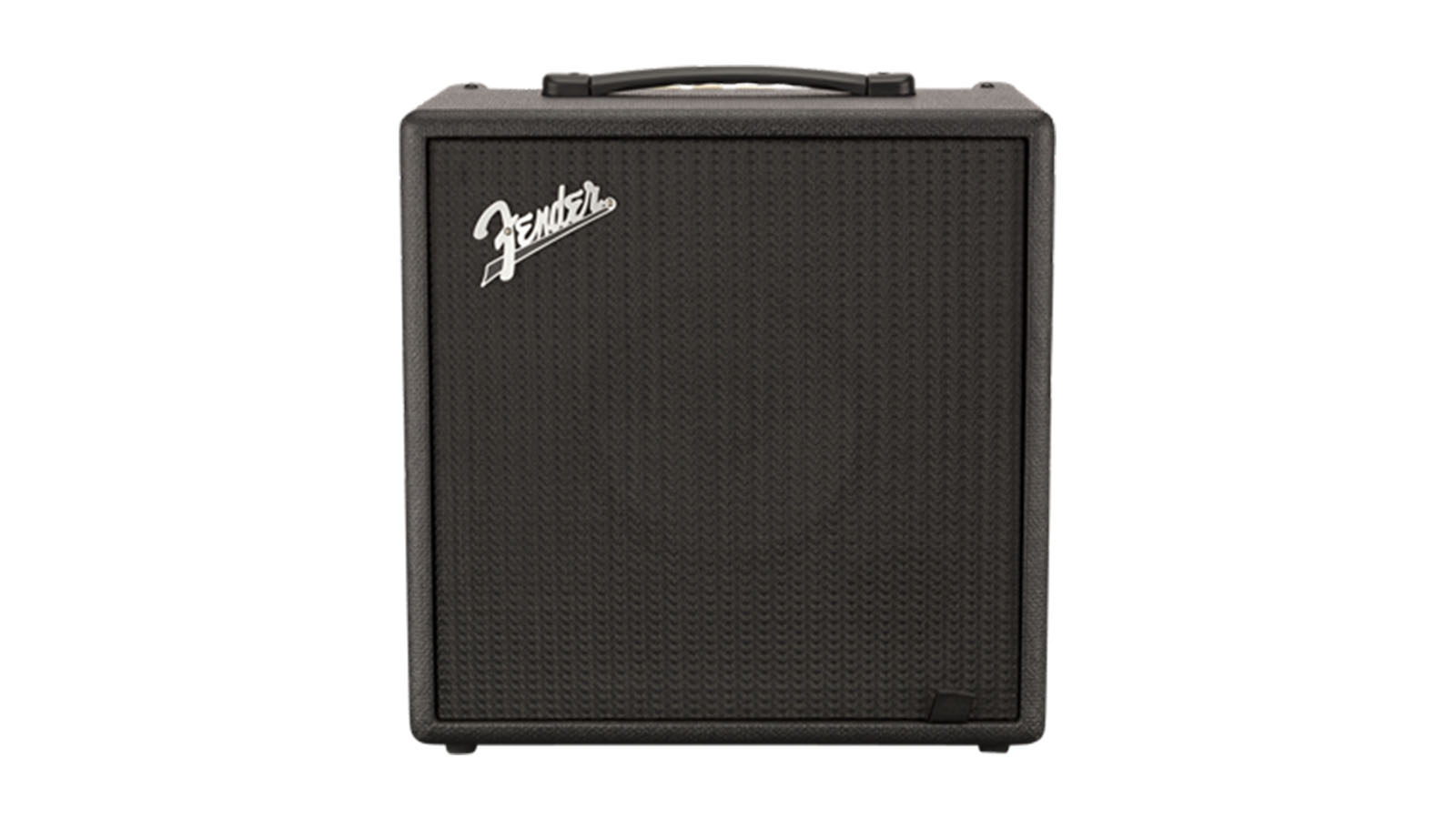
Specifications
Reasons to buy
Reasons to avoid
✅ Buy if you want a practice amp with plenty of effects and more: The Fender Rumble LT25 is choc-full of sounds that'll keep your creativity buzzing.
❌ Avoid if you want an amp that really pushes the volume: With 25W of power, this amp is definitely more suited for using at home.
Build quality rating: ★★★★½
Usability rating: ★★★★½
Sounds rating: ★★★★★
Overall: ★★★★½
If you’re the kind of player who likes a lot of different tones at their fingers, then the Fender Rumble LT25 will give you plenty of options to perfect your craft. Simple to use and coming in a compact and lightweight cabinet, it’s the perfect choice for the sonic explorers.
With 15 amp types and 20 effects, there’s a huge amount of choice available and the quality of the tones is absolutely phenomenal. Whether it’s a classic Fender tremolo or a modern fuzzy bass tone, this amp really inspires you to try out lots of different sounds.
30 presets give you an excellent starting point, and it’s super easy to edit them all to your particular taste. A USB output lets you record your bass tones directly, and a built-in tuner completes this amp's vast feature set. Our only negative here is that it’s not loud enough to gig with, but it’s a perfect option for practicing.

"With the LT25, Fender has used its platform as innovators to build an amp that wants you to join the innovation."
Read more: Fender Rumble LT25 review
Best modeling amp
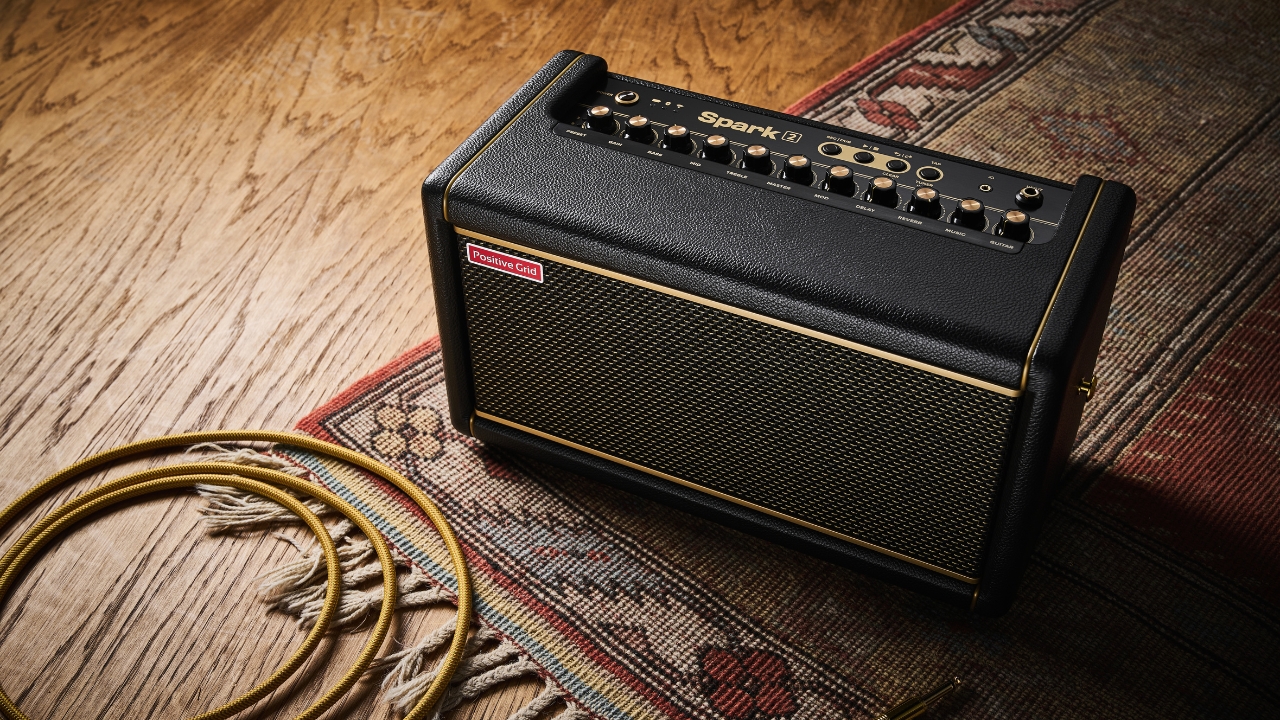
Specifications
Reasons to buy
Reasons to avoid
✅ Buy if you want a practice amp to get creative with: With 43 effects and 33 amp models, there's plenty to love about the Spark 2.
❌ Avoid if a Looper is super important to you: The looper has two modes, but is fiddly to use without a footswitch.
Build quality rating: ★★★★½
Usability rating: ★★★★½
Sounds rating: ★★★★★
Overall: ★★★★½
When Positive Grid launched the original Spark back in 2019, it sold a shedload to players ecstatic at the prospect of getting their hands on the brand’s renowned modeling software. This time, conveniently packaged in a handsome 40-watt home practice amp. Grid Spark 2 takes the same concept and runs with it.
The form factor remains largely unchanged, and access to Positive Grid’s mighty modeling library – 10,000 tones and counting – remains via the highly intuitive dedicated app. However, pretty much every other feature has been supercharged. Power is increased to 50 watts, and the dual speakers have been swapped out for a pair of Full Range, Flat Response (FRFR) drivers with bass ports, angled slightly outwards to enhance the stereo field. They sound superb for both guitar and bass.
Digital signal processing 'oomph' has been doubled, with a newly developed HD DSP tone engine. To celebrate this, Positive Grid has added a whole bunch of high-definition tones to its library. The Spark AI feature, still in Beta, enables you to describe your target sound – perhaps an artist, song or genre – and will respond with matching tones for you to audition.
The original amp would provide chord sequences via the app for any song you cared to play along to, but now there’s a looper too. Another truly significant feature is the addition of stereo line outs, which enables the Spark 2 to break out of the bedroom and onto the stage.
It’s true that the Spark is primarily aimed at guitarists, but what sets it apart from its competitors, such as Yamaha’s THR line, is that it also provides authentic, usable bass tones.

"The most popular desktop amp in the world just got even better. Delivering on the much-requested looper functionality and adding some clever AI features, Positive Grid’s Spark 2 is without a doubt the best practice amp I’ve ever played."
Read more: Positive Grid Spark 2 review
Best headphone amp
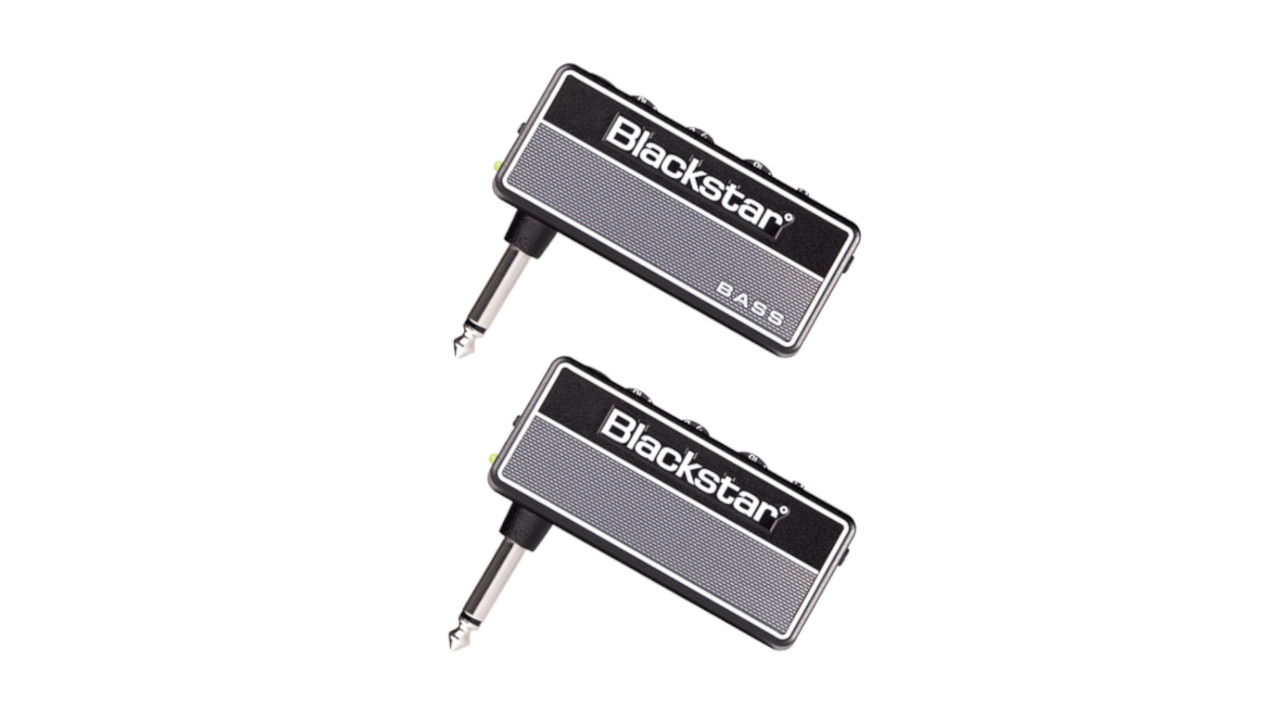
Specifications
Reasons to buy
Reasons to avoid
✅ Buy if you want an affordable and portable amp for practice: It's cheap, portable and is ideal for bass practice in the comfort of your living room.
❌ Avoid if you need a more substantial amp: This is great for small spaces but for bigger and bolder sound, look elsewhere.
Build quality rating: ★★★★½
Usability rating: ★★★★½
Sounds rating: ★★★★★
Overall: ★★★★½
Blackstar’s amPlug 2 FLY proves that practice amps don’t need to be expensive or sophisticated to be effective. Compact, uncomplicated and accessible, Blackstar’s headphone amp may not tick all the boxes, but it does strike a bold, confident mark through those I believe are mandatory – a smattering of good basic tones, portability, ease of use and value.
You may have noticed that a similar line of products from Vox has been on the market for years. This is because Vox and Blackstar enjoy a tight association with Korg USA, the brand that originally developed the amPlug concept. The primary difference is that the Vox models have a very ‘British’ voicing, whereas the two Blackstar versions – for guitar and bass – provide a more versatile sound.
Operation couldn’t be easier. Just plug your headphones into the tiny amPlug 2 FLY before plugging it into your bass and you’re pretty much good to go. From here you can choose one of three channels – Classic, Modern or Overdrive – before fettling your sound with the gain and tone controls. If the fancy takes you, there are six drum loops to jam along to.
For such an inexpensive product, the sound quality is surprisingly good, it’s only a shame it doesn’t feature a rechargeable power source. Instead, you’ll need to insert two AAA batteries, which should be good for about 17 hours of playing time.
Best value
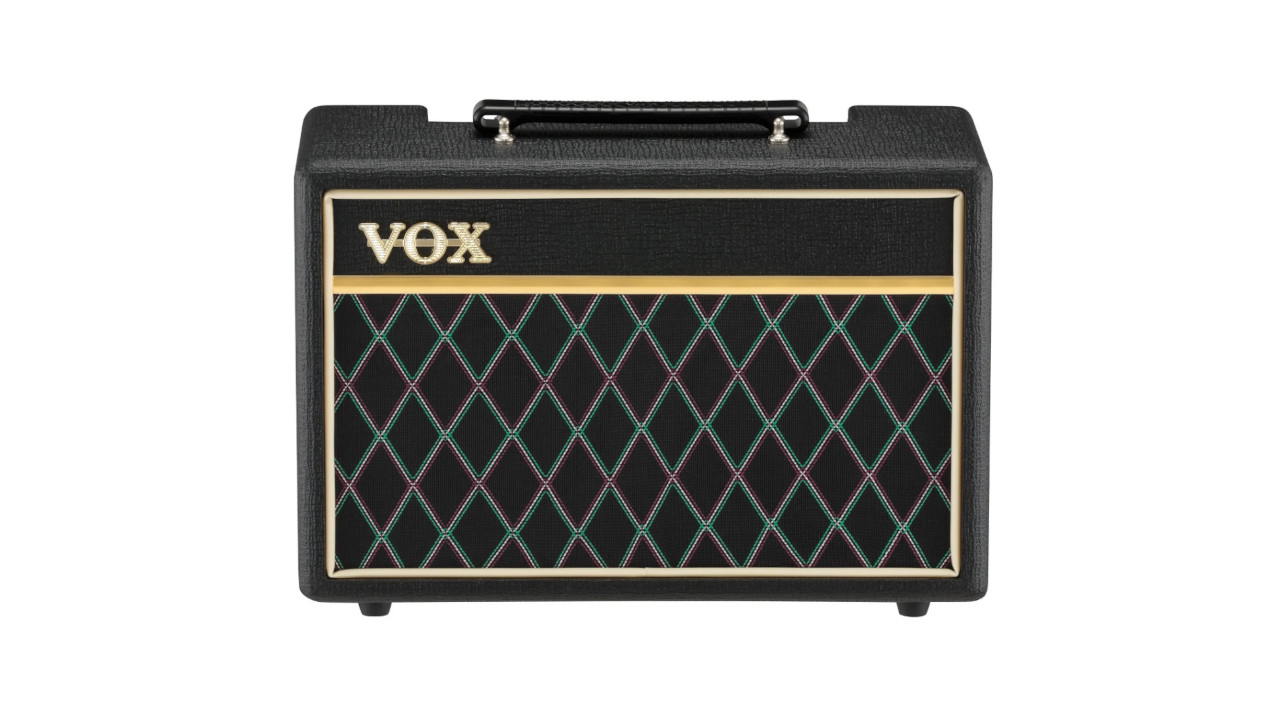
9. Vox Pathfinder 10 Practice Bass Amp
Our expert review:
Specifications
Reasons to buy
Reasons to avoid
✅ Buy if you want a lightweight, affordable amp with impressive sound: This practice amp delivers awesome audio even with only 10W onboard.
❌ Avoid if you require big bass volume: 10W is fine for a practice amp, but if you want a bit of kit for a variety of situations, this isn't it.
Build quality rating: ★★★★½
Usability rating: ★★★★½
Sounds rating: ★★★★½
Overall: ★★★★½
A no-frills practice amp for those on a tight budget, the Vox Pathfinder 10 puts out a surprising amount of volume for its size. It certainly looks the part – the gold logo, the diamond-weave grille cloth with cream piping, the chicken head knobs and the faux leather cabinet covering all scream iconic Vox.
Its price, compact footprint and relatively light weight make it an agreeable practice partner when both finances and space are tight. It’s also comfortably portable, should you need to move it between rooms.
Ten watts doesn’t sound like much for a bass amp, but if you want to continue to enjoy cordial relationships with your immediate neighbors, then it’s more than sufficient for late-night practice sessions.
Sound quality is impressive for the price. Any five-inch speaker will struggle to produce a bass tone with any depth or complexity, but the pair of Vox Bulldogs in this combo amp cope far better than expected.
Your bass tone can be shaped with the drive, bass and treble controls, plus there’s a brightness switch to boost the upper harmonics.
The headphone jack doubles as a line-out jack, an unexpected bonus that enables your playing to be easily recorded or, at a pinch, routed to a PA for live performance.
Best compact
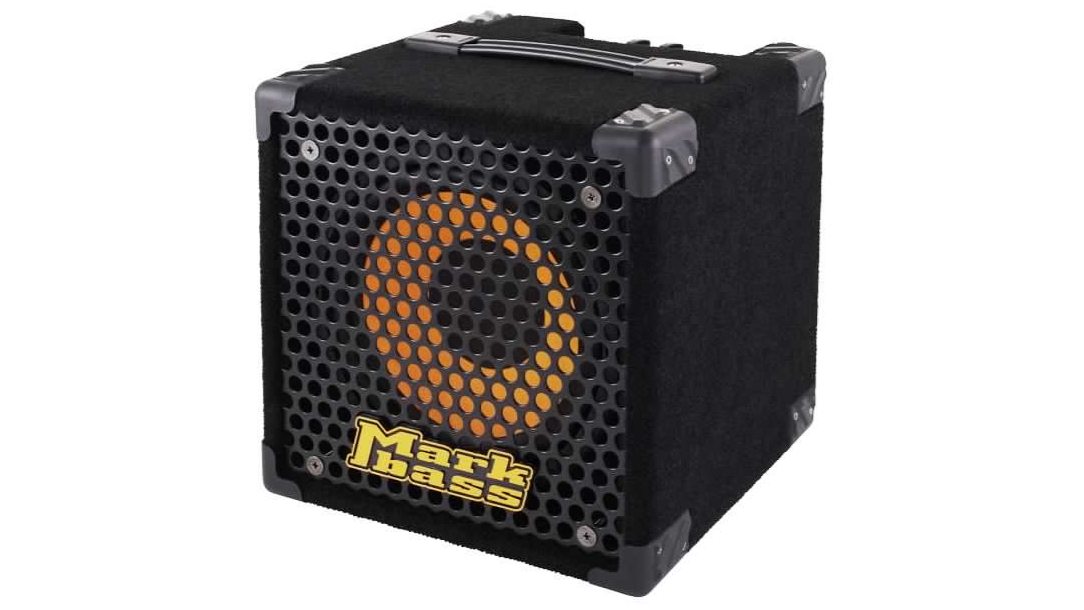
10. Markbass Micromark 801
Our expert review:
Specifications
Reasons to buy
Reasons to avoid
✅ Buy if you want a solid and powerful amp: Despite its compact size, the Micromark 801 packs quite a punch.
❌ Avoid if you something quieter is required: With 60W of pure bass power, those looking to practice their bass playing at home might want something a bit more restrained.
Build quality rating: ★★★★½
Usability rating: ★★★★
Sounds rating: ★★★★
Overall: ★★★★
The Micromark 801 shares enough signature design cues to make it instantly recognizable as part of the Markbass family – albeit the brand’s most bijou member.
The enclosure is visually arresting, with its oversized corner guards, heavy-duty handle and industrial-themed metal grille that’s peppered with large, circular holes. However, most recognizable are the yellow speaker diaphragm and contrasting black dust cap, instantly identifiable Markbass characteristics.
Despite the small cube-like enclosure, Italian brand Markbass has managed to squeeze in an 8-inch custom driver and a rear-facing bass port, both of which benefit the sound quality enormously, particularly the low end. There’s no getting away from the fundamental laws of physics; a good quality larger driver will always trump a good quality smaller driver (or two) when it comes to bass response.
The rest of the build is minimalist. Markbass’ focus here is on sound quality over gimmicks, simplicity over complexity. On the top panel are just two rotary controls to govern level and the variable pre-shape filter (which boosts the high and low frequencies while cutting the mids for a scooped sound). Usefully, on the back panel, there is a line out for recording or live performance, as well as a speaker out and a headphone out.
If your quest is for a simple practice amp that sounds fuller and punchier than it has a right to, then the Markbass Micromark 801 fits the bill.
Also tested
If you didn't find your perfect match above then don't worry, there are more great options for perfect bass practice amps. Here are two more of our favorites.
Ashdown Studio-8
★★★★
Power: 30 watts | Type: Solid State | Controls: Volume, Bass, Mid, Treble, Line Mix | Additional features: Speaker Mute, Line In, Headphone Out | Channels: One | Weight: 13.4lbs/6.1kg
The Studio 8 offers a pretty reasonable-sounding practice bass amp, well suited to home practice or lower-volume rehearsals. It contains all the hallmarks of this range, like a three-band EQ, headphone out, and line in, so in that respect, it can hold its own with most others on this list. One criticism is that even for a 30W it does sound thinner than its horned counterparts and is probably not going to hold up to any sort of gigging.
Read more: Ashdown Studio 8 review
Ampeg RB-110 Rocket Bass
★★★★
Power: 50 watts | Type: Solid State | Controls: SGT, Grit, Level, Volume, Bass, Midrange, Treble | Additional features: Active and passive inputs, XLR direct out, phones out, aux in | Channels: 1 | Weight: 22.5 lbs. (10.2 kg)
As one of the biggest names in the world of bass guitar, the Ampeg RB-110 Rocket Bass is a much-appreciated entry into the practice amp world. Designed to give an old-school bass amp feel to the modern player, the Rocket Bass can be used in a variety of scenarios.
Despite not being the biggest amp, the RB-110 pumps out a respectable amount of low-end, although it’ll probably struggle against a drummer. The mid-range is definitely where it’s at with this amp and it sounds great, although if you place it against a wall you can coax some more lows out of it. We loved the SGT switch, which adds some overdrive. Overall it’s a well-built and rugged unit, ideally suited to practice at home.
Read more: Ampeg RB-110 Rocket Bass review
FAQ
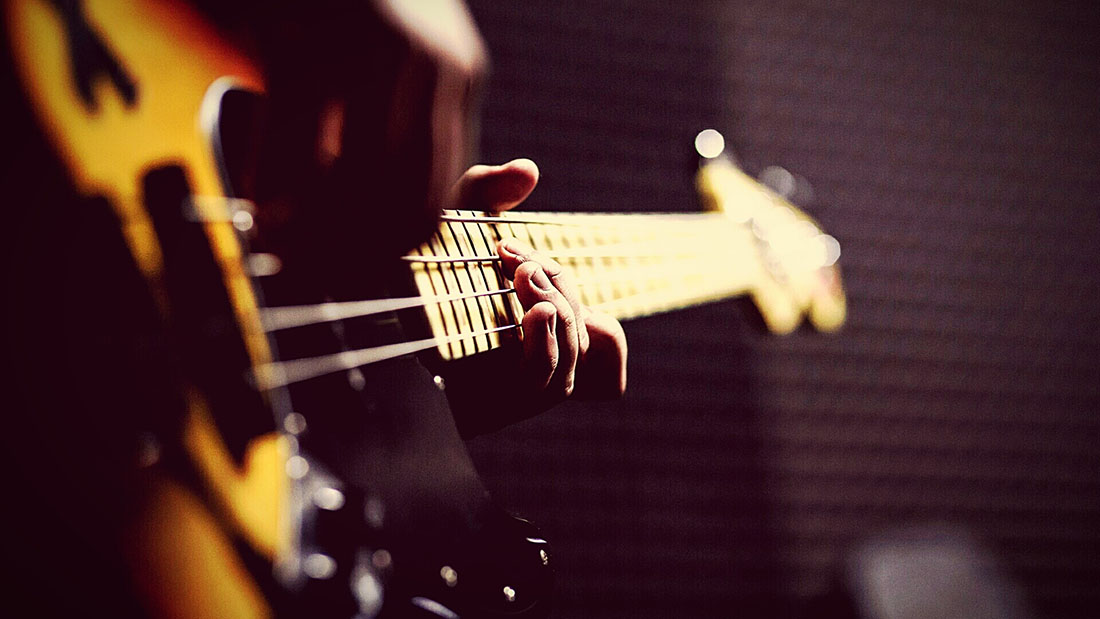
Should I practice bass with an amp?
When it comes to modern practice amps, there are some features that seem like they must be a prerequisite. We’re specifically talking about headphone outputs to enable silent and auxiliary line inputs to allow you to play external tracks from your phone or computer, making it easy to play along with your favorite songs or backing tracks.
These features alone are almost worth buying a practice amp for as they can really improve your time spent playing alone. Thankfully, pretty well every bass amp out there that claims to be a practice amp will have these features.
How many watts do you need for a bass practice amp?
When it comes to bass amps for practice, one of the most important things to consider is how much low-end you realistically need. Of course, a 25W combo is going to be a much different beast to a 200W head and speaker set, so you should approach the market with realistic expectations.
Things have improved in this area though, so if you had a practice amp 10 years ago or so, you might be surprised at how great these smaller amps actually sound. As a rule of thumb though, the bigger amps offer more depth and a well-rounded tone, so if a true bass sound is really important to you at a practice level, focus on the bigger options.
There’s only so much you can get away with at home before you test your relationship with your neighbors though, so if you just want to hear yourself play and don’t need to feel a lot of air being moved around the smaller sizes will actually be ideal.
What's the difference between solid state and valve/tube?
If you’re crossing over from guitar to bass, you may be surprised at the lack of affection bass players tend to have for valve/tube amps. Sure, they still become all misty-eyed and nostalgic for the warm rich tone of a tube amp but, in reality, most players accept that solid state is the way forward. It has been this way for a very long time.
Why? It’s a power thing. In a nutshell, low frequencies have longer wavelengths, so more energy is required to reproduce them at the same perceived volume as higher frequencies, such as those produced by the top strings on an electric guitar. The upshot is that bass amps need to be more powerful, typically putting out a few hundred watts or more (sometimes, much more) for stage use. Tube amps of this magnitude are huge, heavy and potentially unreliable, whereas solid-state amps can be compact, lightweight and ultra-robust.
Of course, practice amps aren’t required to be rated in the hundreds of watts, but nevertheless, the same principles apply – solid state practice amps are much smaller and more reliable than a valve-driven alternative could ever be.
Should I buy a modeling amp?
If you’re a purist who already owns a pedalboard full of high-end effects, then a good quality, uncomplicated amp, such as the Markbass Micromark 801, probably holds a lot of appeal. Plug in, then just rely on your trusty pedalboard, and your skilfully applied playing dynamics, to color your sound. Happy days.
For the rest of us, a modeling amp is a marvelous idea. Not only will you benefit from a vast library of tones, but most of these amps are laden with effects too. Additionally, they may boast other nice-to-have digital features, such as a looper, Bluetooth audio and backing tracks to play along with.
What’s more, their speaker system which, in a practice amp, will almost certainly be tiny, is likely to be enhanced in concert with the amp’s software to produce a better bass response. Or at least, through digital trickery, sound authentically deep and low.
The downside of modeling amps is their complexity. Invariably, the latest amps are intuitive enough to use, yet the experience can be likened to that of being a kid in a sweetshop. Unless you’re incredibly disciplined, it’s easy to waste your valuable practice time flirting with one preset after another, rather than playing something meaningful.
What is a headphone amp?
Headphone amps have been around for decades, but they remain the most convenient practice solution for those with very limited space. Essentially, they’re tiny, often quite basic, modeling amps with a headphone jack that plug directly into your bass. Don some headphones and hey presto, it’s just like listening to a real instrument played through a proper grown-up amp. Well, very nearly.
Most headphone amps are about the size of a large matchbox, so they take up barely any room. Many are also loaded with a variety of tonal presets, together with a handful of essential effects.
Using a headphone amp is still not as rewarding as listening to the real thing, but the experience is significantly improved to the point of being pretty realistic. On the whole, they’re also incredibly inexpensive to buy, making them a tempting proposition.
Could I use my near-field monitors for bass practice?
If you have a basic home studio set-up, then you could plug your bass into your interface and listen to it via your near-field monitors. There’s a lot of inexpensive software at your disposal, everything from Apple’s Logic to IK Multimedia’s AmpliTube Tonex suite of modeling software, that will allow you to route virtual effects and amp models without ever having to plug in to the real thing.
But it is a faff for short practice sessions. A dedicated, compact amp is so much more convenient.
How we choose the best bass amps for practice
Here at Guitar World, we are experts in our field, with many years of playing and product testing between us. We live and breathe everything guitar and bass related, and we draw on this knowledge and experience of using products in live, recording and rehearsal scenarios when selecting the products for our guides.
When choosing what we believe to be the best bass amps for practice available right now, we combine our hands-on experience, user reviews and testimonies and engage in lengthy discussions with our editorial colleagues to reach a consensus about the top products in any given category.
First and foremost, we are guitarists, and we want other players to find the right product for them. So we take into careful consideration everything from budget to feature set, ease of use and durability to come up with a list of what we can safely say are the best bass amps for practice on the market right now.
Read more about our rating system, how we choose the gear we feature, and exactly how we test each product.
How we test
Here at Guitar World, we are experts in our field, with many years of playing and product testing between us. We live and breathe everything guitar and bass related, and we draw on this knowledge and experience of using products in live, recording and rehearsal scenarios when selecting the products for our guides.
When choosing what we believe to be the best bass amps for practice, we combine our hands-on experience, user reviews and testimonies and engage in lengthy discussions with our editorial colleagues to reach a consensus about the top products in any given category.
First and foremost, we are guitarists and bassists, and we want other players to find the right product for them. So we take into careful consideration everything from budget to feature set, ease of use and durability to come up with a list of what we can safely say are the best practice amps for bass on the market right now.
Read more about our rating system, how we choose the gear we feature, and exactly how we test each product.
Why you can trust us
☑️ A global audience of 3.8 million guitarists monthly
☑️ 1,200+ reviews on GuitarWorld.com
☑️ 30+ years of product testing at Guitar World
Guitar World boasts over 44 years of expertise and stands as the ultimate authority on all things related to guitars. The magazine and website feature expertly written gear round-ups and top-quality, authoritative reviews penned by a team of highly experienced industry professionals.
Guitar World's inaugural print issue hit the shelves in July 1980, and ever since, it has been captivating players and enthusiasts with engaging lessons, insightful interviews with the biggest guitar heroes, and priceless buying advice for newbie players.
Furthermore, GuitarWorld.com continues this legacy online and serves as the hub of the world's foremost authorities on guitar playing. The site not only hosts content from Guitar World but also showcases articles from respected publications such as Guitarist, Total Guitar, Guitar Techniques, and Bass Player. With a reach extending to 3.8 million players each month, GuitarWorld.com is a go-to destination for guitar fanatics globally.
Meet the experts

Chris is a contributor to Guitar World and MusicRadar with around 20 years of guitar playing experience – including writing for and recording various projects for around 15 of those. Outside of practical experience, he’s studied music throughout his life, with a particular focus on composition at university. He’s something of a 90s tragic and a sucker for anything with a groovy, metallic edge or psych and stoner vibes. Outside of music, he’s an avid cook, gardener, and rugby league lover.

When Simon's childhood classical guitar teacher boasted he 'enjoyed a challenge', the poor man had no idea how much he'd underestimated the scale of the task ahead. Despite Simon's lack of talent, the experience did spark a lifelong passion for music. His classical guitar was discarded for an electric, then a room full of electrics before Simon discovered the joys of keys. Against all odds, Simon somehow managed to blag a career as a fashion journalist, but he's now more suitably employed writing for Guitar World and MusicRadar.
Latest updates
29/07/25: The guide has received four new product entries: Positive Grid Spark 2, Blackstar’s amPlug 2 FLY, Vox Pathfinder 10 and the Markbass Micromark 801. Expert verdict boxes have been added to product entries where applicable, while each of the highlighted practice bass amps now include "At a glance" panels and star ratings. The FAQ section includes brand new Q&As and a section explaining why you can trust the GuitarWorld team has also been included. Finally, a meet the experts section has been added to the bottom of the guide.
Read more:
You can trust Guitar World
- Best beginner bass guitars: top four-stringers for beginners
- On a budget? Check out the best budget bass guitars
- Best bass strings: For the best tone, feel and lifespan
- These are the best bass compressor pedals
- Here is our pick of the best Christmas gifts for bass players
- Enhance your sound with the best bass effects pedals
All the latest guitar news, interviews, lessons, reviews, deals and more, direct to your inbox!
Chris is a contributor to Guitar World and MusicRadar with around 20 years of guitar playing experience – including writing for and recording various projects for around 15 of those. Outside of practical experience, he’s studied music throughout his life, with a particular focus on composition at university. He’s something of a 90s tragic and a sucker for anything with a groovy, metallic edge or psych and stoner vibes. Outside of music, he’s an avid cook, gardener, and rugby league lover.
- Matt McCrackenJunior Deals Writer
